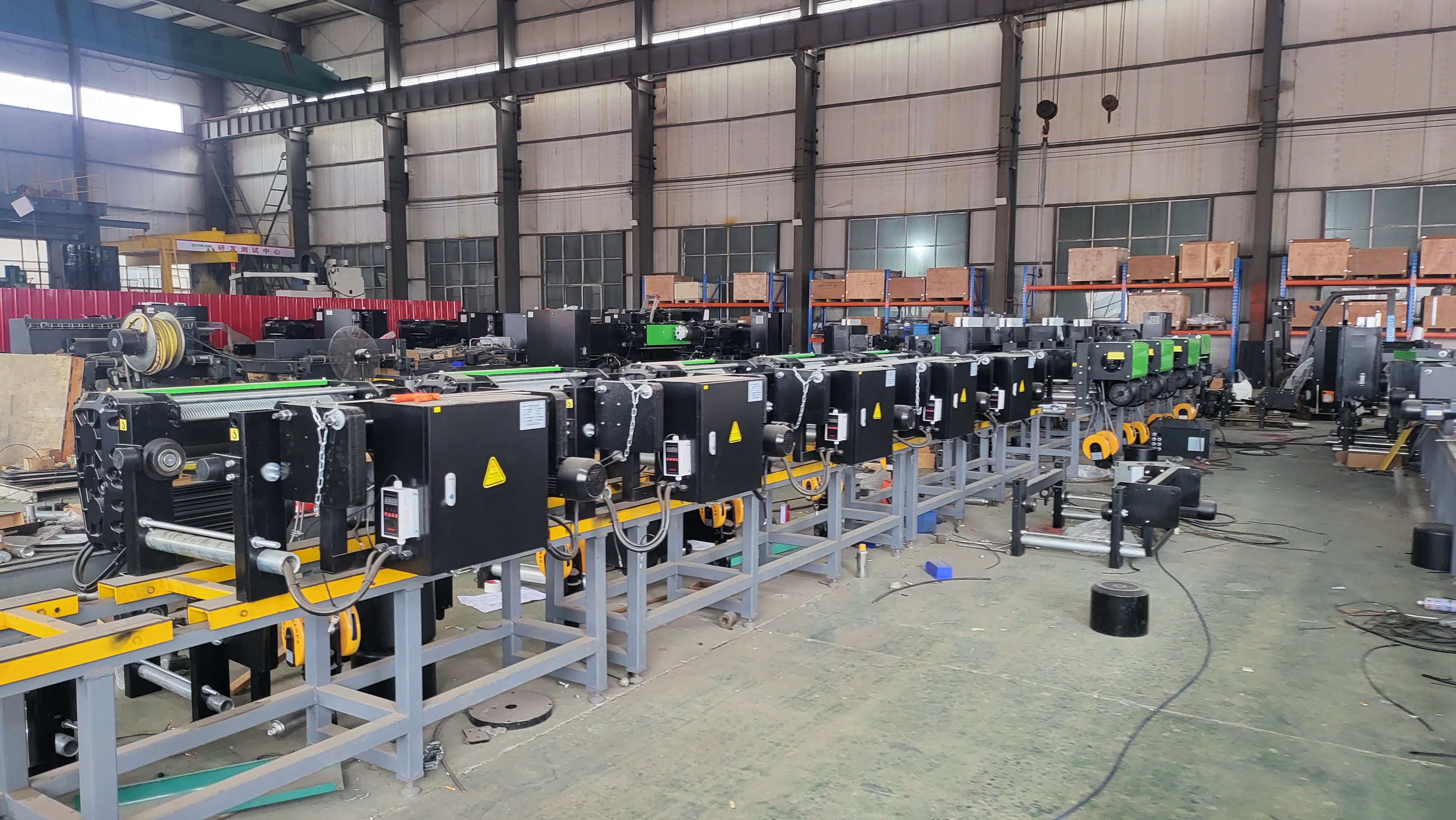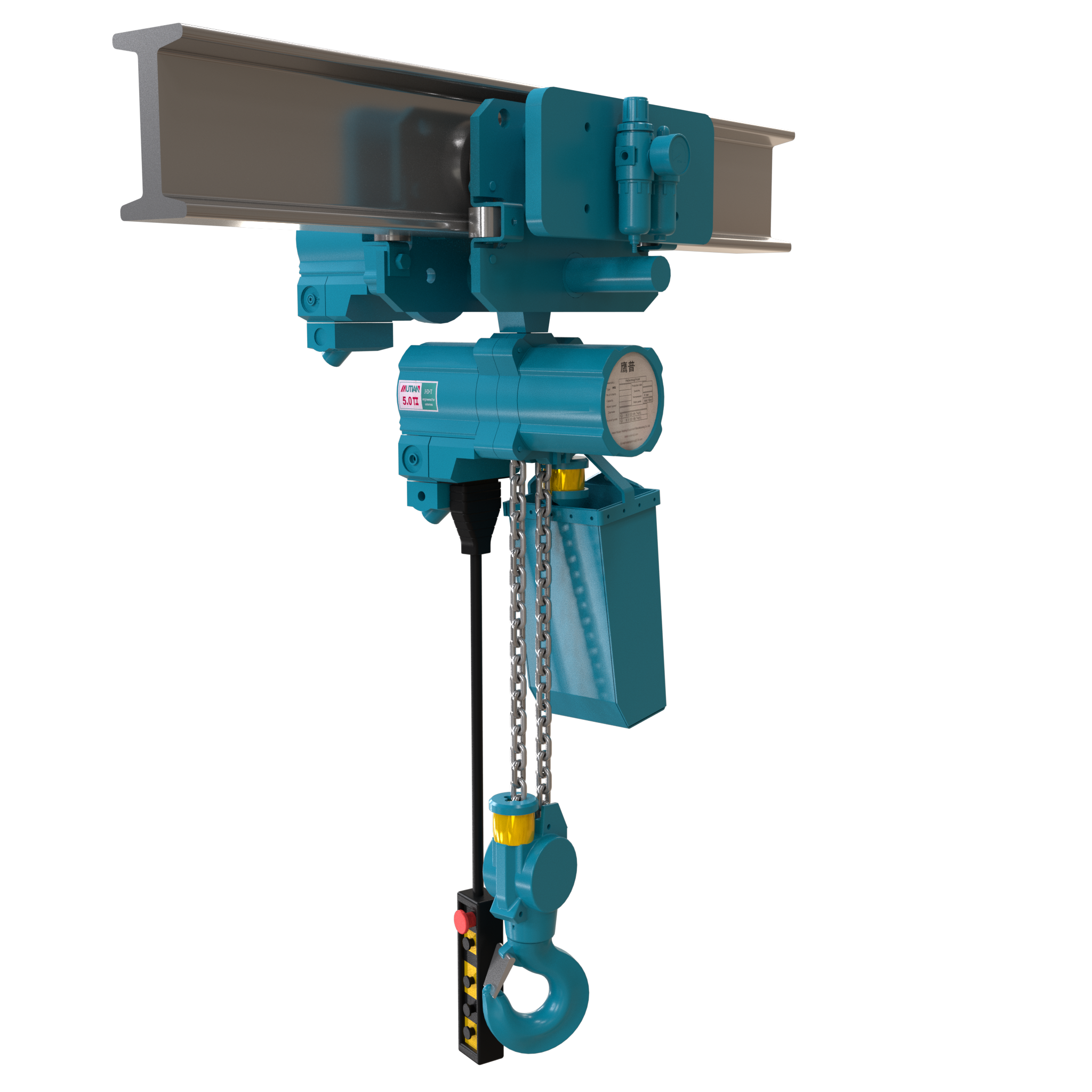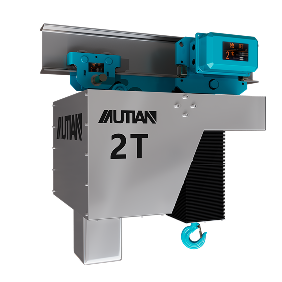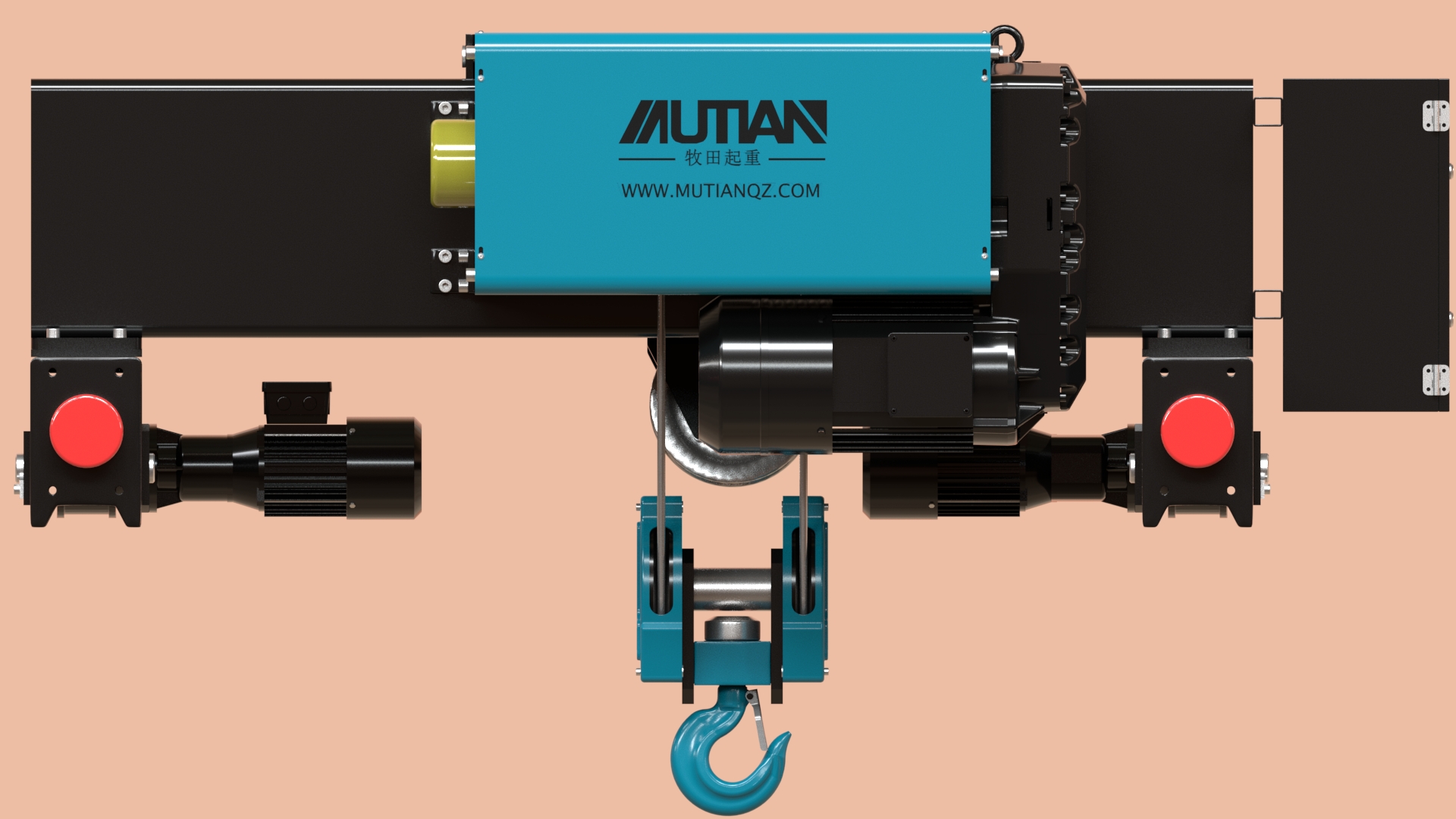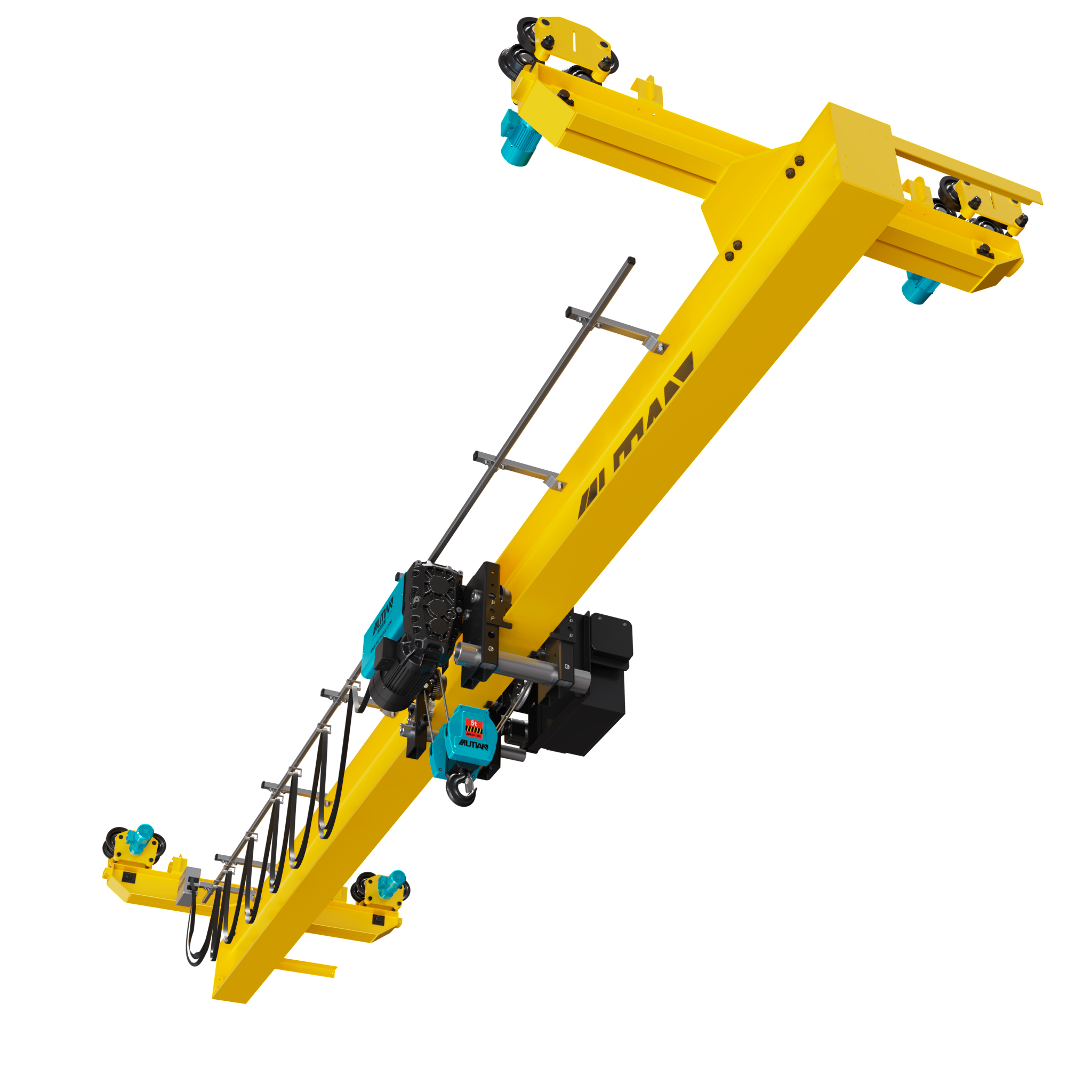Improve equipment safety: basic guidelines and standards
In any industrial environment, from bustling manufacturing floors to complex construction sites, the proper handling of heavy loads is a daily necessity. This makes Lifting equipment safety a non-negotiable priority. A single moment of failure can lead to catastrophic consequences, including severe injuries, costly damages, and significant operational downtime. Therefore, understanding and implementing rigorous safety protocols is not just a matter of compliance, but a fundamental pillar of a successful and responsible operation. It all begins with a commitment to improve safety standards through better equipment, thorough training, and a proactive culture of awareness.
Engineering Excellence as the First Line of Defense
Modern advancements in engineering have transformed lifting equipment from simple tools into sophisticated systems with safety built into their core. Manufacturers now prioritize features that minimize human error and withstand the rigors of demanding environments. For example, the Houxin Electric Chain Hoist showcases this evolution with its dual-speed operational system, allowing for both rapid lifting and delicate handling. Its robust, heat-treated steel hooks with large safety latches ensure that loads remain secure. Similarly, the AIRMAX Overhead Crane System integrates anti-sway technology to prevent dangerous load oscillations during transit. With features like reinforced components, automatic limit switches, and intelligent control panels, today’s equipment provides the first and most critical layer of protection, actively helping to improve safety standards right from the source.
Beyond the Machine: Cultivating a Culture of Safety
While technologically advanced machinery is crucial, it is only one part of the equation. The human element—the operators, riggers, and supervisors—plays an equally vital role. A comprehensive Safety Guide for Lifting Equipment is an indispensable resource for creating a culture where safety is everyone's responsibility. Such guides, like the one developed by Hebei Mutian Crane Co., Ltd., provide clear, actionable insights for the proper use, inspection, and maintenance of all lifting apparatus. This fosters a standardized approach across the entire team, ensuring that every individual understands the risks and the procedures designed to mitigate them. A well-documented guide empowers workers with the knowledge to operate confidently and safely, transforming safety from a rulebook into a shared value.
Practical Steps to Improve Safety Standards in Daily Operations
To truly enhance Lifting equipment safety, theoretical knowledge must be translated into consistent daily practices. This involves a series of checks and behaviors that should become second nature. Before any operation, a thorough pre-use inspection is essential, examining chains for wear, hooks for deformities, and controls for proper function. Operators must be trained to understand and respect the equipment's load limits, ensuring that no lift exceeds the rated capacity. Maintaining a clear, unobstructed work zone is also critical to prevent personnel from entering hazardous areas during lifts. Regular, scheduled maintenance by qualified technicians ensures the longevity and reliability of the equipment, preventing failures before they happen. Adhering to a detailed Safety Guide for Lifting Equipment helps formalize these practices, making them easy to follow and enforce.
The Future of Lifting: A Commitment to Unwavering Safety
Ultimately, achieving excellence in Lifting equipment safety is an ongoing commitment. It is a dynamic process that involves investing in high-quality, modern equipment, implementing a comprehensive Safety Guide for Lifting Equipment, and fostering a culture of continuous improvement and vigilance. By combining the best of engineering innovation with robust operational protocols, companies can protect their most valuable assets—their people. This holistic approach doesn't just prevent accidents; it boosts productivity, enhances morale, and builds a reputation for reliability and professionalism in a competitive industrial landscape.

